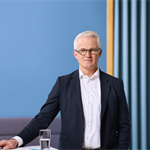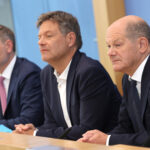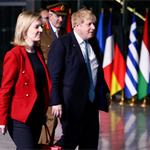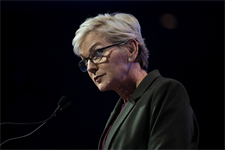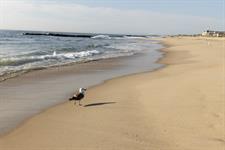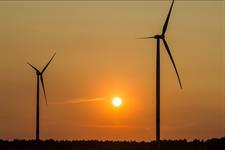‘We will bounce back’ – Ørsted CEO
Energy Disrupter

However, Ørsted’s chief executive, Mads Nipper, said of the results: “We will see the offshore business bounce back, as we have some one-off effects”.
‘Ineffective hedging’
Among the short term effects, Ørsted included ineffective hedges in a miscellaneous operating expense of DKK 1.328 billion (€178m) for its offshore wind segment, saying it had hedged too large volumes for future periods.
The high energy prices and volatility also resulted in some of its hedges being deemed “ineffective”.
The company said the loss on hedges in the current period was “to the benefit of a lower loss in future periods”.
The firm is reviewing its power purchase agreement (PPA) strategy, which currently accounts for 90% of wind production, leaving it with limited ability to benefit from pricing upside.
Now read: Ørsted’s Q2 operating profit disappoints but full-year guidance up
But Nipper pointed out that the strategy provides stability in the long term. In the UK, Hornsea is benefitting from market rates until its contract for difference (CfD) is activated, which Nipper said was “planned for next year”. Nipper noted that existing PPAs meant Ørsted was providing power from its wind farms in the UK at less than current market rates.
Offshore
In upcoming offshore wind projects Nipper said Ørsted was broadly in favour of Germany’s new framework, but expressed concern over the fact that concession payments would not be capped, saying “it will increase the risk of projects not being built because people might have over-bid” and he hoped it would be reconsidered.
Expected growth
Nipper did not rule out combining Ørsted’s acquisition of German-French specialist Ostwind and Ireland-based Brookfield Renewable Energy in Ireland as a springboard to enter new markets, saying they would be a “very strong base for potential expansion”. But he said at present the company was focused on the expected 10% growth in Spain, France, Germany and the UK.



